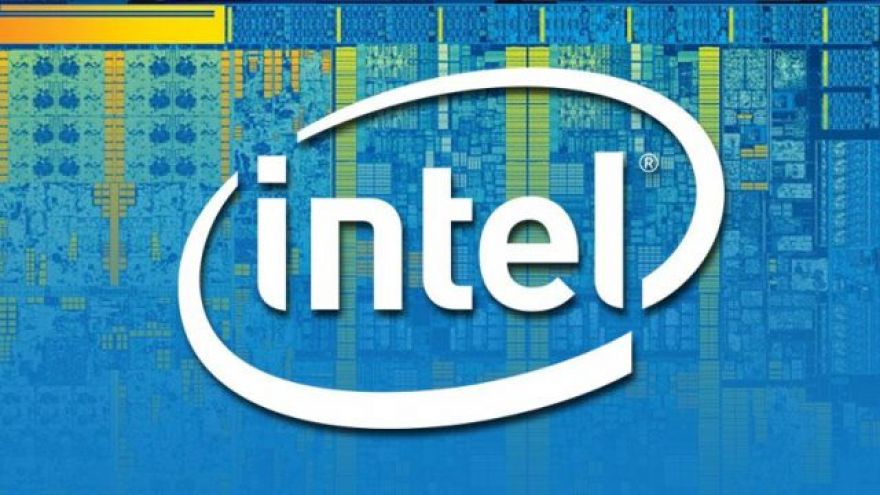
Intel is announcing its new, 9th generation laptop processors today, in a surprisingly competitive strike for a company not generally known for dramatic product shuffles. From 2011 to early 2017, Intel stuck to essentially the same price bands and SKU structure for its desktop and laptop processors. Standard desktop chips ranged from dual-cores without Hyper-Threading at the bottom of the stack to quad-core chips with HT at the top. Laptops were almost entirely dual-core, with a handful of quad-core parts. This only began to change in early 2017, as a response to AMD’s incipient Ryzen CPU. But while Intel has expanded both desktop and laptop CPU core counts, it’s been taking these moves in reaction to what AMD was doing — not trying to get out ahead.
![IBM Halts Sales of Watson AI For Drug Discovery and Research [Updated]](/media/k2/items/cache/d667044ec2535d6b347d2580b265c5a0_L.jpg)
As the AI hype-cycle has built, we’ve been treated to a plethora of claims about what sorts of improvements and breakthroughs the technology can deliver. One of the most fundamental — and potentially important — has been the idea that we can use AI to find new medicines and treatments for existing conditions where current options have come up short. That promise has itself now come up short. IBM has announced that it will stop selling its Watson AI system as a tool for drug discovery. It’s a high-profile retreat for the company, which has aggressively marketed AI as being useful for these purposes and which ran into problems last year when reports indicated its systems had made improper, dangerous recommendations for cancer patients (the system’s recommendations were never put into effect).
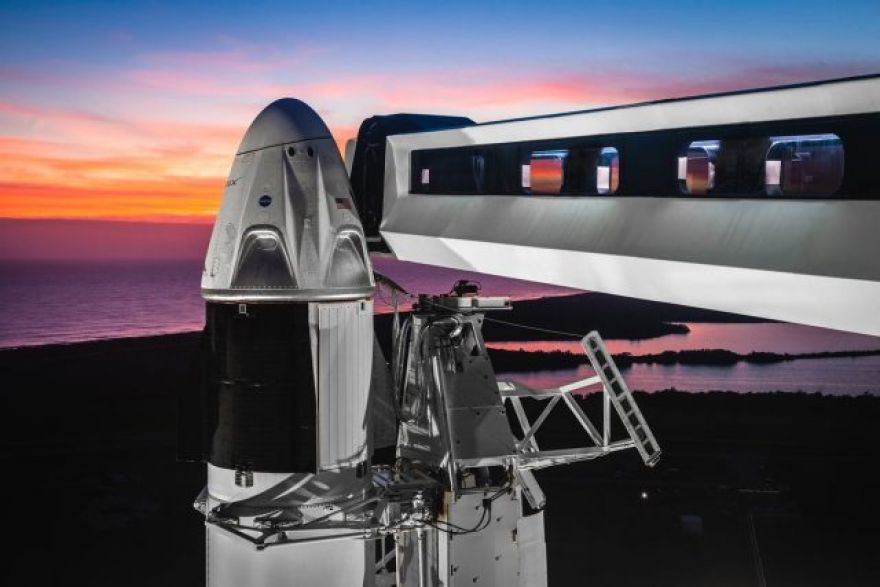
Last month, SpaceX’s Crew Dragon capsule successfully flew to the International Space Station, as part of an important test of its flight and landing capabilities. This past weekend, while prepping for launch abort tests to be carried out later this summer, the vehicle catastrophically exploded. Luckily, no one was harmed in the incident. The leaked video below shows the explosion in limited detail: The vehicle was counting down to ignition of its SuperDraco engines, but we can’t tell if they’d actually started to fire. The goal of these static fire tests was to verify that the capsule was in good working order before beginning to prep for the launch abort tests.
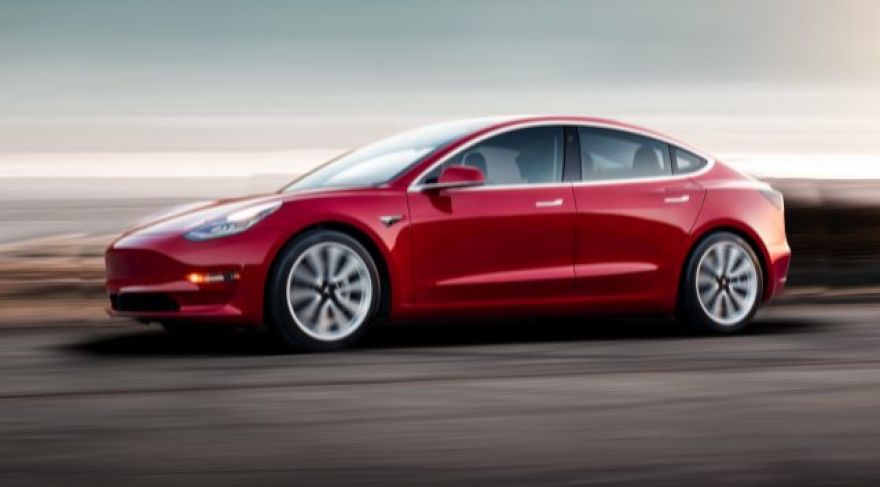
The Tesla Model 3 backlog may well be cleared up — unless you want the $35,000 base model, that is. Go online to , and if you live in a big metro area, you’ll likely see dozens of new Tesla Model 3 sedans you can buy today and take home in a couple of days. It helps if you like the Standard Range Plus Rear-Wheel Drive, and it helps a lot if you’ll take any color that’s black. Most of the Model 3s are selling for $41,000-$42,000, and that’s the real price, not the price-after-credits game Tesla plays.
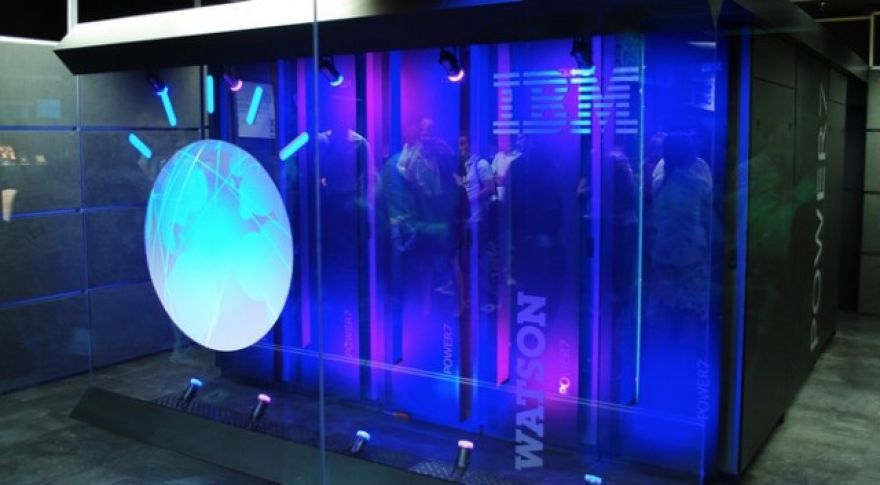
As the AI hype-cycle has built, we’ve been treated to a plethora of claims about what sorts of improvements and breakthroughs the technology can deliver. One of the most fundamental — and potentially important — has been the idea that we can use AI to find new medicines and treatments for existing conditions where current options have come up short. That promise has itself now come up short. IBM has announced that it will stop selling its Watson AI system as a tool for drug discovery. It’s a high-profile retreat for the company, which has aggressively marketed AI as being useful for these purposes and which ran into problems last year when reports indicated its systems had made improper, dangerous recommendations for cancer patients (the system’s recommendations were never put into effect).
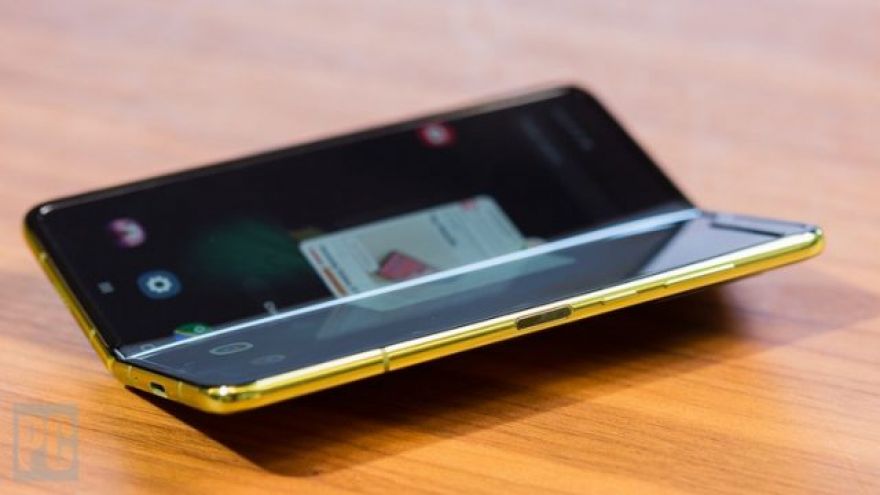
Last week, news broke that the Samsung Galaxy Fold could be in serious trouble. Multiple reviewers reported that the device was fragile and prone to breaking, even without being dropped or otherwise injured. In several cases, reviewers acknowledged removing a plastic screen protector that Samsung says is not supposed to be removed (whether the product packaging needs to be updated in some way to reflect this is one of the questions that’s been raised). But at least two devices appear to have broken without any kind of screen protector issue. Samsung promised a thorough investigation of the devices. Now, it’s a delay to the April 26 launch, PCMag reports.

Mazda’s long-promised diesel engine for the US is a go. It becomes available in July on the Mazda CX-5 compact SUV. It will cost $42,205, a $3,065 premium over the comparable gas-engine CX-5 in the same top tier Signature trim line as the diesel. Mazda made the announcement at this week’s New York International Auto Show. Mazda has talked about bringing a diesel to the US for almost a decade. What we’re finally getting is a vehicle that is emissions-compliant but with less horsepower and torque than either of the CX-5’s two gasoline engines and a 30 mpg EPA rating on the highway, meaning a long-distance-driving range of 400-450 miles.

The has been on the market for well over a year now, and the hardware has proven to be more than capable. Many existing titles have seen small performance improvements automatically, but the big draw has always been Xbox One X-optimized releases. That’s where that 4K TV will really shine. Microsoft maintains a of existing and upcoming X-enhanced games, and a huge chunk are the big full-price titles you’d expect. Those look incredible on a UHD TV, but after spending big on a new console and 4K set, paying $60 a pop for a bunch of brand new games is a tough sell for many of us.
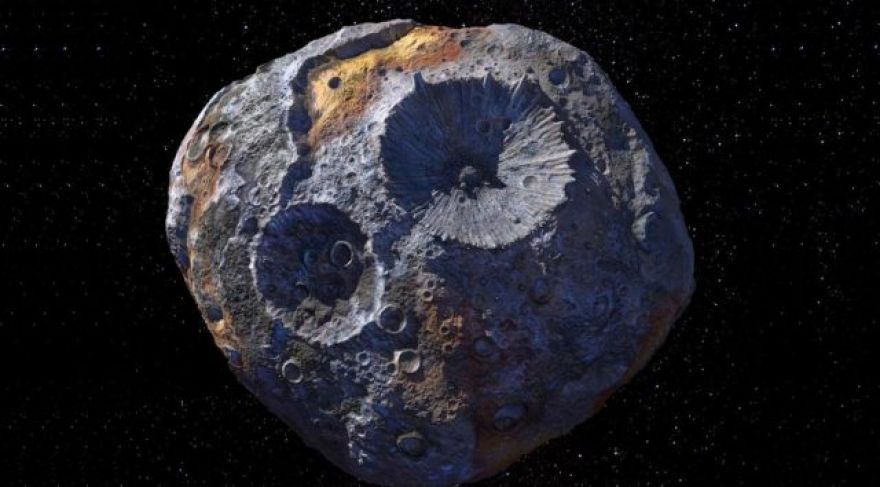
In 2022, if all goes well, NASA will launch Psyche, a space probe intended to visit the asteroid of the same name (16 Psyche is its formal designation). It’s a particularly exciting mission given Psyche’s unique nature and highly unusual composition. The asteroid belt is composed of three types of asteroid: C-type (carbonaceous, ~75 percent of all asteroids), S-type (silicate-rich, ~17 percent of asteroids) and M-type (metal-rich), which are roughly 10 percent of the total population. The numbers, in this case, don’t add up to 100 percent because we aren’t sure of the exact ratios. 16 Psyche is an M-type asteroid made of iron-nickel.


![IBM Halts Sales of Watson AI For Drug Discovery and Research [Updated]](/media/k2/items/cache/d667044ec2535d6b347d2580b265c5a0_L.jpg)






